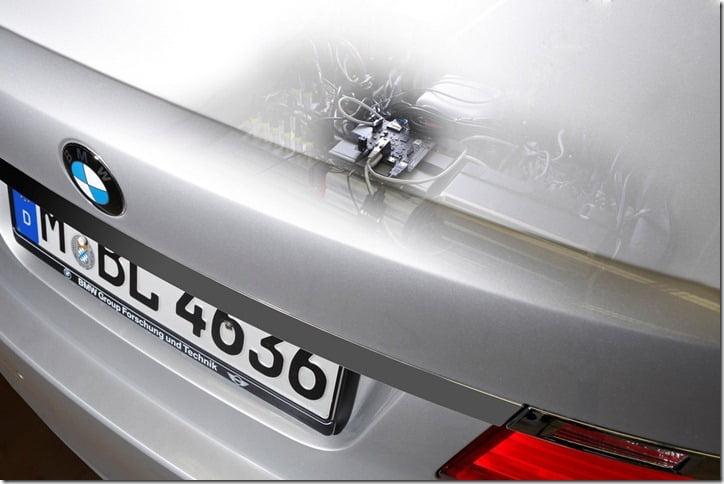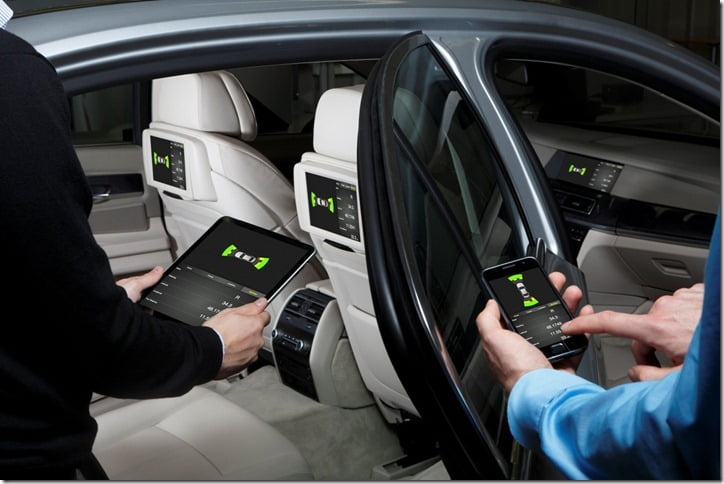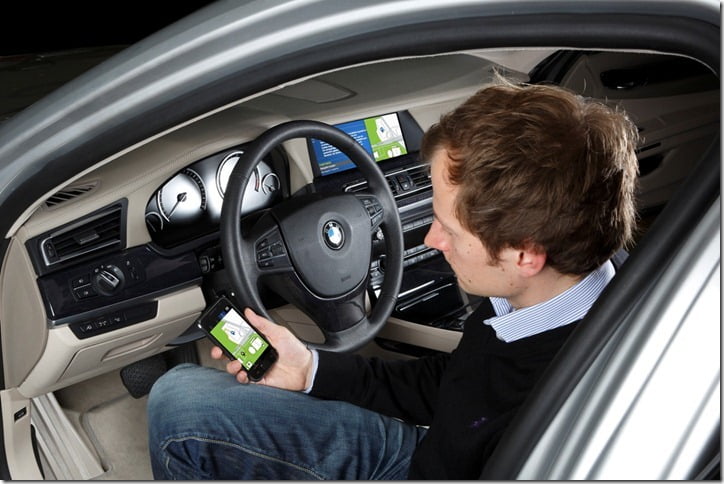The modern society has a immense absorption power for social networking and now a days it has become an integral part. Whether it’s a smartphone, PC, television or an in-car head unit, all use the web services. However, these devices are not yet able to communicate with each other to exchange information. So as a solution to this, BMW along with 30 partners from automotive, IT and telecommunications industry, as well as several research institutes, is working on an interesting project called Webinos.
This European Commission funded project aims at delivering an Open Source Platform and software components for the future internet in the form of web runtime extensions, to enable web applications and services to be used and shared securely over a broad spectrum of connected devices.
Cloud computing was the major inspiration for the webinos project. Webinos works in a similar way, with purpose-designed web browsers add ons, browsers can evolve into a shared web application platform. The data exchange taking place works on the concept of personal zones. A personal zone comprises of all the user device, and centres around a personal zone hub which works like a telephone exchange (for example purpose only).
The hub knows everything about the connected devices, including the applications installed on each device, and also which services each of them support. Users use a special website to configure their personal zone and restrict apps to make use of enabled data and services only. Any of your favorite browser using Mozilla and Chrome can be used to execute webinos enabled applications, by use of a special browser add-on. Web applications can then access the services for that particular personal zone.
The research project covers a number of different service components, including some vehicle devices too. The most relevant components for the in-vehicle integration are Vehicle API (that allows access to the vehicle-specific data), the Geolocation API (that can be used to obtain data on speed and GPS location) and the Device Orientation API (that comprises data on both lateral and linear acceleration).
With this a whole bunch of information about the vehicle will be available in on your smartphone screen such as parking sensor information, average speed and fuel consumption readings, as well as light and windscreen wiper settings, and also relay information on the current gear. Customers could use webinos enabled applications to call up their vehicle’s current fuel level on their smartphone or TV. Conversely, the technology also makes it possible for them to access their smartphone’s or PC’s media library from their car.
The project was started in September 2010 and will run until August 2013. An initial prototype will be on show at the “Communication World” IT trade fair in Munich on 9–10 October 2012.




